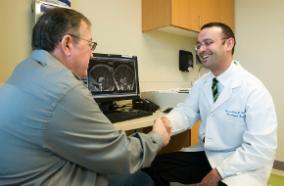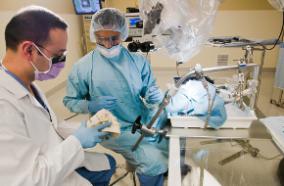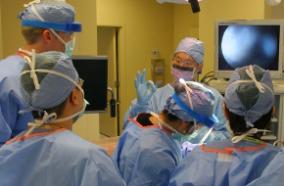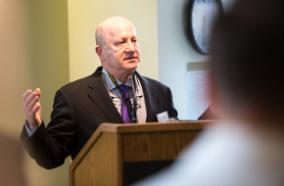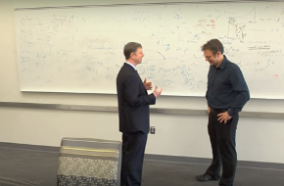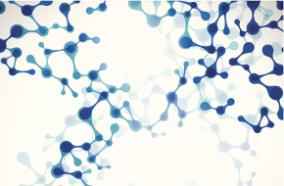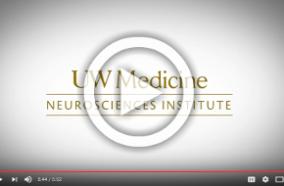Related Articles
Author Correction: Genome-wide association and HLA fine-mapping studies identify risk loci and genetic pathways underlying allergic rhinitis.
Nat Genet. 2018 Aug 16;:
Authors: Waage J, Standl M, Curtin JA, Jessen LE, Thorsen J, Tian C, Schoettler N, 23andMe Research Team, AAGC collaborators, Flores C, Abdellaoui A, Ahluwalia TS, Alves AC, Amaral AFS, Antó JM, Arnold A, Barreto-Luis A, Baurecht H, van Beijsterveldt CEM, Bleecker ER, Bonàs-Guarch S, Boomsma DI, Brix S, Bunyavanich S, Burchard EG, Chen Z, Curjuric I, Custovic A, den Dekker HT, Dharmage SC, Dmitrieva J, Duijts L, Ege MJ, Gauderman WJ, Georges M, Gieger C, Gilliland F, Granell R, Gui H, Hansen T, Heinrich J, Henderson J, Hernandez-Pacheco N, Holt P, Imboden M, Jaddoe VWV, Jarvelin MR, Jarvis DL, Jensen KK, Jónsdóttir I, Kabesch M, Kaprio J, Kumar A, Lee YA, Levin AM, Li X, Lorenzo-Diaz F, Melén E, Mercader JM, Meyers DA, Myers R, Nicolae DL, Nohr EA, Palviainen T, Paternoster L, Pennell CE, Pershagen G, Pino-Yanes M, Probst-Hensch NM, Rüschendorf F, Simpson A, Stefansson K, Sunyer J, Sveinbjornsson G, Thiering E, Thompson PJ, Torrent M, Torrents D, Tung JY, Wang CA, Weidinger S, Weiss S, Willemsen G, Williams LK, Ober C, Hinds DA, Ferreira MA, Bisgaard H, Strachan DP, Bønnelykke K
Abstract
In the version of this article initially published, in Fig. 3, the y-axis numbering did not match the log scale indicated in the axis label. The error has been corrected in the HTML and PDF version of the article.
PMID: 30116036 [PubMed - as supplied by publisher]

